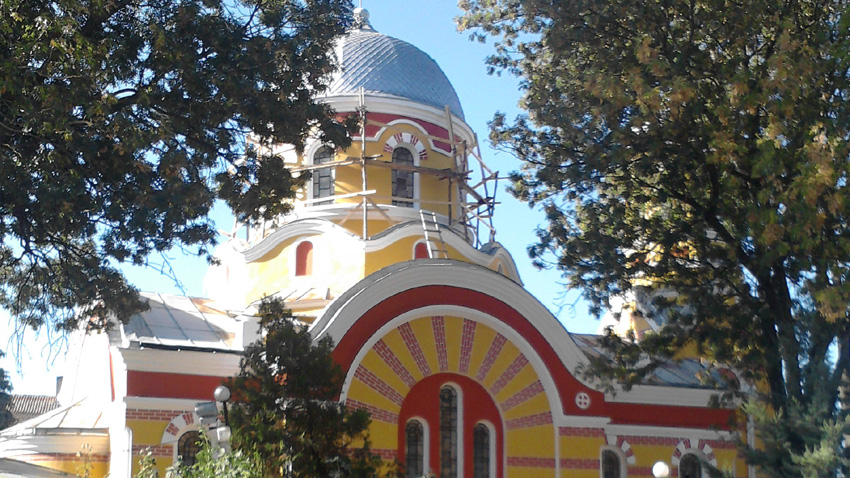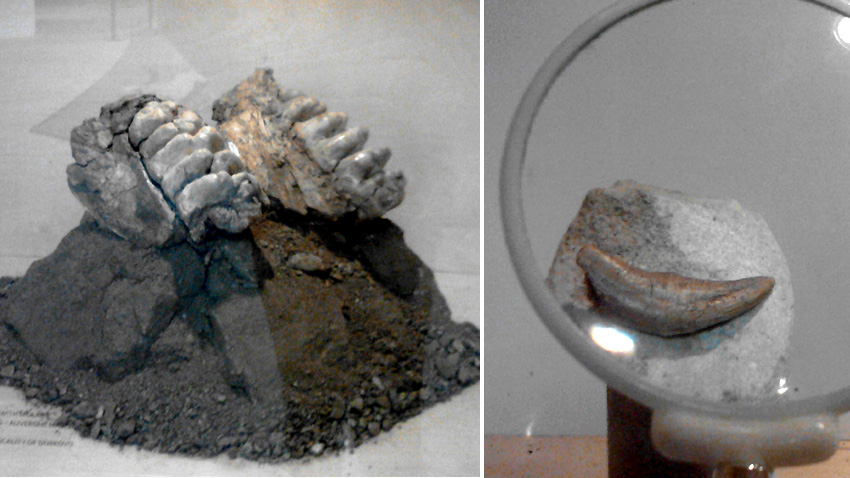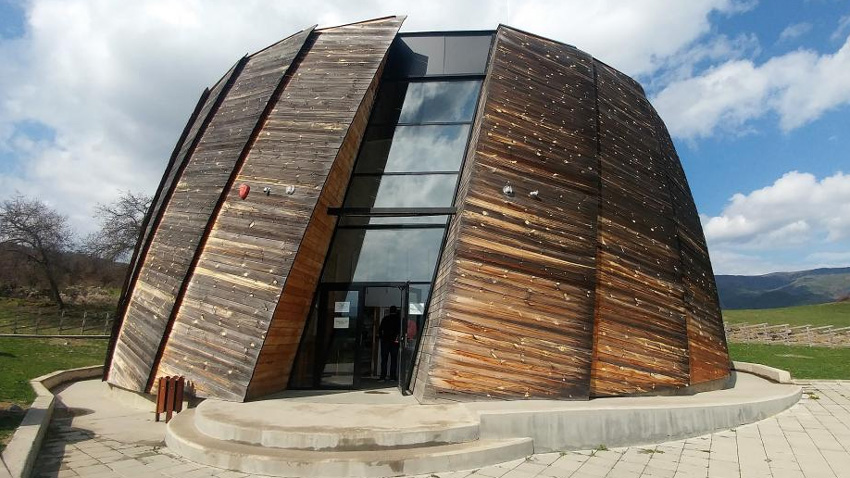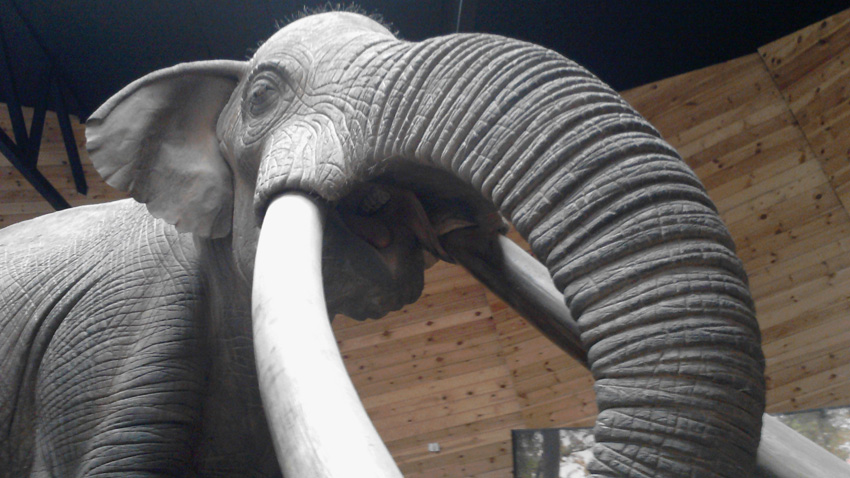Dorkovo is a small village huddled in the Rhodope Mountains. It is located in the Chepinska Valley, on the two banks of the Matnitsa River, about 15 km. from Tsigov Chark the resort complex and about 20 km. from the "St. Constantine and Helena" resort, situated on the banks of the Batak Dam. Clean streets and neat houses welcome tourists in the early hours of the morning. Surprisingly, the square is full of people waiting for the bus to the nearby Velingrad. The town called the spa-capital of Bulgaria is some 15 km away. Some are having quiet conversations, others are sitting on the benches, without hurrying or checking their watches. But the most impressive thing about the square is the "St. Prophet Elijah" church. The bell tower rises magnificently and the morning sun rays reflect from it, illuminating the courtyard of the nearby school. The church is not a national monument, but locals claim it resembles Sofia's St. Alexander Nevsky Cathedral.

Records about Dorkovo date back to the Middle Ages. The earliest written document is from 1515. It shows that the name of the village was the same back then. The village is known to lovers of folklore with its desire to preserve and promote folk art. For nearly 20 years there has been an International Festival of Authentic Folklore under the auspices of the Ministry of Culture taking place here. In recent years, the village has evolved as a place for alternative tourism, especially after 2013, when the Diorama Pliocene Park opened here. It has become a reality, thanks to a rich paleontological deposit on a small area with over 600 bones of nearly 30 species of animals discovered there. They date back to the early Pliocene, a period from which no other such deposits have been discovered in Bulgaria. Although in the 1930s the locals tried to draw attention of experts towards bones of unknown origin that were found in the area, it was in the 1980s when geologists of the Sofia University unearthed the fossil deposit.

At the initiative of Prof. Nikolay Spasov of the National Museum of Natural History at the Bulgarian Academy of Science, in cooperation with the National Natural History Museum in Paris, organized archaeological works in the area. After three years of work, the Bulgarian-French expedition concluded that this was the largest paleontological field on the Balkans and the second largest in Europe. In 1990 the deposit was declared a natural landmark. On the idea of expedition leader Prof. Erber Thomas of Collège de France, with the active participation of scientists from the Museum of Natural History at the Bulgarian Academy of Sciences and with funds from the "Regional Development" Operational Program, the existing museum was built.

The cylindrical shape of the building attracts attention from afar. It is a metal structure lined with wood and having a glass dome. The idea of the creators is beehive resemblance. It was declared Building of 2013. In the center of the interior space, with an area of about 300 sq. m, a real-size mammut model rises, which is really impressive! The height is 3.90 m, its tusks are 3.50 m long. This is the most prominent representative of Pliocene – Anancus arvernensis. The animal was herbivore and weighed about 10 tons.

English: Alexander Markov
Photos: Svetlana Dimitrova and bg.wikipedia.orgIn Bulgaria, when we talk about a person with bad luck, we often say: "Ah, what a Marko Totev!" But who exactly was Marko Totev, and how did his name become a byword for a person with ill fortune and a bad luck? "He was a Bulgarian public figure..
30 March marks the end of the most blessed time of the year, as Muslims call the month of Ramadan. This year it started on 1 March, and the most important obligation Muslims have during this 30-day period is to refrain from food, drink and temptation..
Nearly 40 years ago, the Bulgarian Orthodox Church Communities (BOCC) in Western and Central Europe were concentrated in several cities. After our country joined the European Union and with the growth of the Bulgarian diaspora, the Bulgarian church..

+359 2 9336 661
